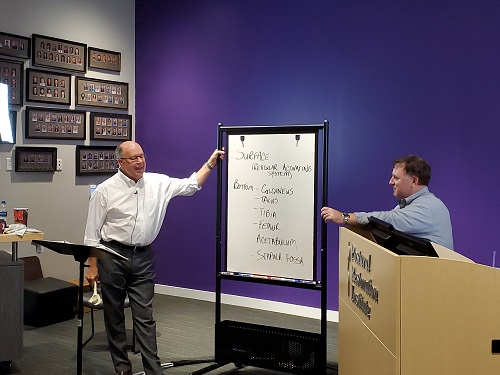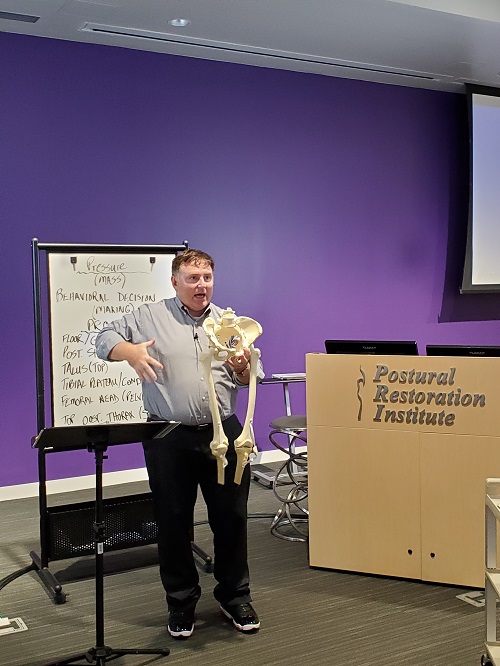I had the wonderful fortune to visit with Dan Houglum MSPT, ATC/L, PRC the day before this course was presented via live stream, beginning on Aug 22nd. Dan’s insight on the Institute’s past, present and upcoming future is always appreciated and questioned by me, simply because he places events, courses, course material provided in two or more courses, timelines, and approaches in an aligned state, for comparison, contrast and collocation. He and his career time have grown around this juxtaposition. He has an intuitive sense of how organizations operate by addressing and assessing this operational behavior, and therefore, he enjoys watching, and participating in, the delivery of the Impingement and Instability course; that was initially offered in 2007 without the ability of the attendee to compare it to another pre-existing course.

The fact that the first course in February of 2007 can be compared to the last course presented in August of 2020, allows one to quickly see the similarities and the advancements. The fact of two courses, with the same title, written by the same author, can be placed close together with contrasting effects is called a juxtaposition. The juxtaposition of these two courses portray an image of position of bones in 2007 and a position of sense of these same bones in 2020. Dan took his first PRI course in 2004 and has had significant juxtaposition moments since. Juxtaposition is a word that describes the contrasting effect of two things that are placed side by side or close together. For example, two course manuals, with different dates and yet with the same information, may have juxtaposition when one of the courses have been updated, advanced or added onto. Another example of juxtaposition, is this course itself, by looking at cortical function of the human’s two sides of the body that are parallel to each other or “next to each other”. Instability on one side of the body may need to occur when the other side of the body, in the same region, is referencing impingement or the contact of two bony or joint surfaces. One side needs to cortically “loosen” up while the other side can “tighten” up.

This ‘positional juxtaposition’ helps us appreciate the need to experience instability, to remain on guard and prepared, as well as the need to experience impingement, to remain confident and in control, when we lose sense of composure. Parallelism of our two sides of our body, and their associated neurologic and orthopedic juxtapositions, has always been a strong interest of Dan’s, and having him by my side, when I taught this live stream course, gave me and everyone that was present, a considerable amount of favorable comparative contrast.



